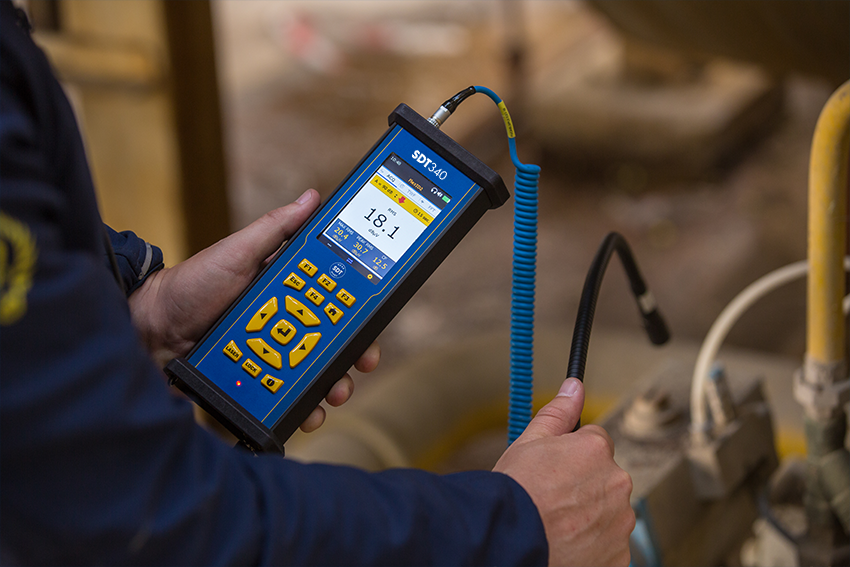Leak detection is a simple operation which offers a real payback: a small investment which can generate substantial savings.
Compressed air is too expensive to be wasted
Compressed air accounts for around 15% of energy consumption by industry around the globe. But it accounts for 70% of total expenditure on energy consumption. While air is free, compressed air is very expensive due to its low efficiency of a maximum of 10%. The cost of a kWh of pneumatic energy is 10 times higher than the cost of a kWh of electricity.
A 2 mm leak is equivalent to a loss of 260 l/N•m at 7 bar and an additional 2.5 kW of compressor overconsumption. For continuous operation at a (base) rate of €12 per kWh, this leak alone will result in a loss of €2 000 per year. This sum must be multiplied by the number of leaks, a figure that is often underestimated.
With the relentless increases in energy costs today, it’s an even different story!

Prioritization of leak detection to boost competitiveness
Leaks are almost never audible. They have no smell, no color, are harmless and have virtually no impact on production. However, they “absorb” between 40 and 50% of the electricity consumed by a compressor.
In practical terms, compressed air is an extremely practical energy carrier, but even after actions to reduce the energy consumed in its production, such as optimal compressor management, variable speed drives and heat recovery, it remains an expensive energy source. But it is still possible to reduce this cost drastically, by having the right reflexes. Indeed, leak detection, with estimated savings of 25%, is an investment that offers immediate financial returns. From a financial standpoint, in these tough economic times, it is the first option to apply.
Ultrasonic detector: the only effective solution
All compressor manufacturers say it: listening for, identifying and marking leaks is essential to ensure fast and effective leak detection. The detector must be robust, powerful and equipped with short, medium and long range sensors as well as a laser pointer in order to identify leaks as soon as possible. A leak quantification tool to evaluate the return on investment, such as the LEAKReporter, is often considered essential. An ultrasound device will pay for itself even faster if it is used to inspect steam valves, lubricate and check bearings and detect cavitation in pumps. SDT340 is a single technology that guarantees energy savings and reduced maintenance costs.



